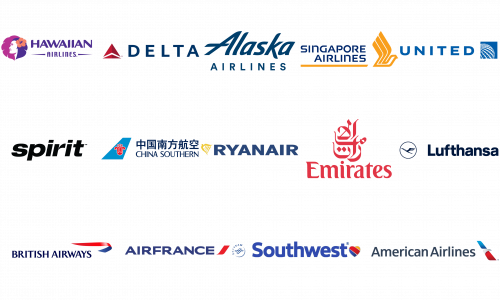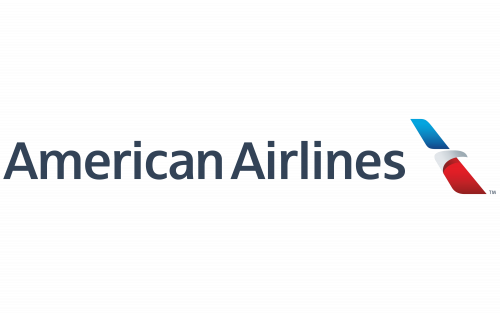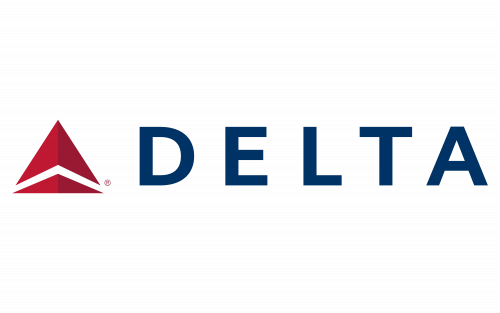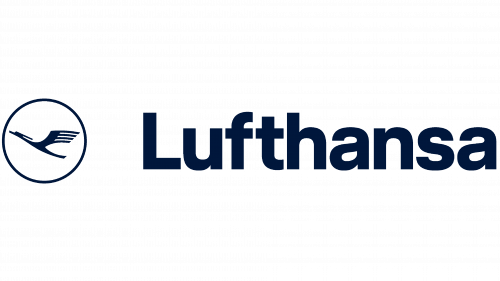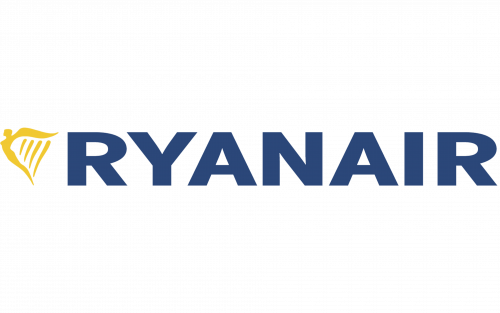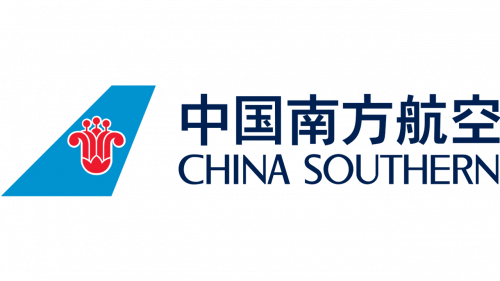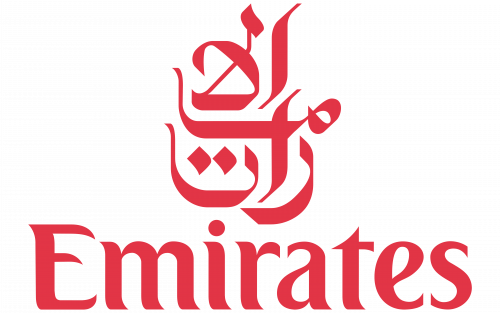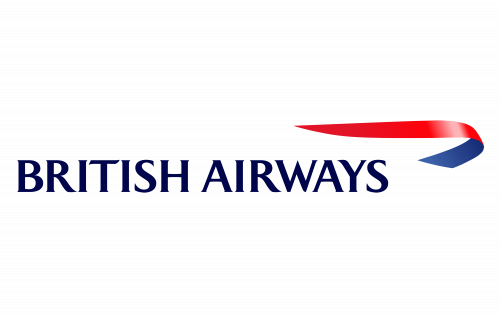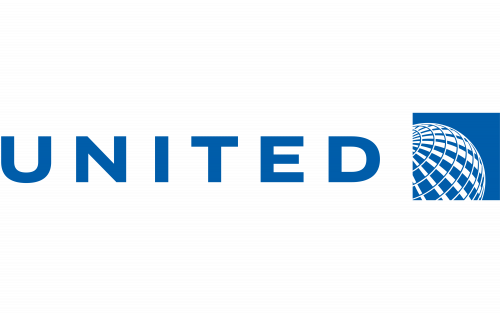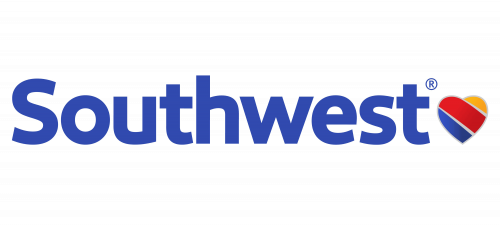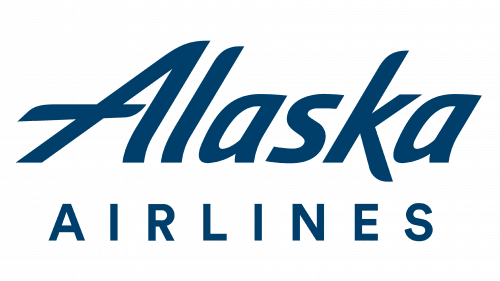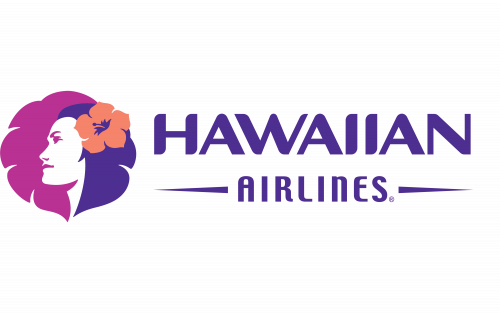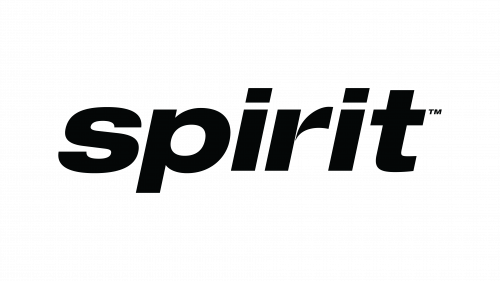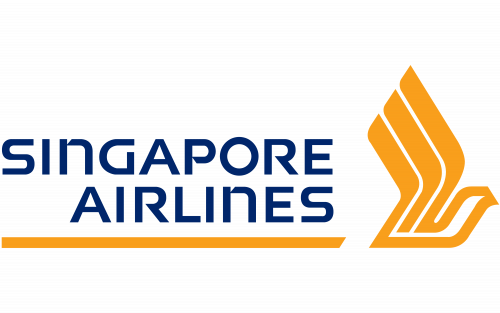Airline branding is a critical aspect of the aviation industry, where billions of dollars are at stake in establishing brand value. To stand out in a highly competitive market, companies invest heavily in creating distinctive logos that reflect their status, be it as a flag carrier, the most valuable airline brand, or the fastest-growing airline brand.
These logos are more than mere symbols; they offer insights into the company’s identity, whether it’s Qatar Airways, known for its luxurious cabins and status as one of the world’s most valuable airlines, or Ethiopian Airlines, representing the rapid growth and potential of the African aviation sector. Similarly, brands like ANA (All Nippon Airways) and EVA Airways demonstrate the strength and innovation in the Asian market, while Qantas and Turkish Airlines showcase their dominance and the rich heritage of their respective regions.
In this dynamic industry, the strongest airlines brands like Saudia have consistently evolved their logos to keep pace with changing consumer perceptions and market demands. These logos are meticulously designed to communicate the values, services, and unique selling propositions of each airline, from the quality of service to the expansiveness of their network.
As we delve into the top airline logos, we observe a fascinating blend of design, strategy, and branding excellence that has propelled these companies to the forefront of the airline industry. Each logo is a strategic asset, playing a pivotal role in shaping and maintaining the airline’s image as one of the biggest and most influential players in global aviation.
American Airlines
Of all the American Airline companies logos the current one is the most simplified version. The logic behind the new design was that the company wanted “a clean and modern update”. The logo was introduced in 2013 in the course of the rebranding and marketing campaign named “The New American”. Though it has a new look, actually, it features the same core elements. These are the three colors (red, blue and white), the stylized eagle which at the same time suggests the tail of an airplane and the “A”.
Interestingly enough, the previous logo was in use for forty-five years. It is really an impressive stretch!
Delta Air Lines
The Delta Air Lines logo has evolved from the image of a flying cloud wearing a helmet to the triangle “widget” we are used to seeing today. The first “widget” appeared in 1959. Its shape was inspired by the Greek letter delta. It is obviously a hint at the airline’s name and origins. More than that, it reminds the design of the wing of Delta’s first jet aircraft.
The current symbol looks dull at first sight, but in fact it is rather effective. It contains a lot of subconscious visual information and is open to interpretation. Thus, the angles the triangle point upward, implying flight and superiority.
Deutsche Lufthansa
The logo of Deutsche Lufthansa, the largest airline in Europe, holds the distinction of being the world’s oldest airline logo, dating back to 1918. The iconic image, a stylized crane in flight created by Otto Firle, has stood the test of time. Despite several redesigns, the changes have been subtle, retaining the logo’s fundamental essence.
The recent update of the Deutsche Lufthansa logo, which features a slimmer bird and a thinner ring, is a nod to the demands of the digital world. This adaptation aligns with the marketing investment strategies often employed by the world’s most valuable airlines, ensuring that the brand remains relevant and visually appealing in a rapidly evolving digital landscape.
Lufthansa’s commitment to its century-old design is rooted in the belief that the crane symbolizes qualities like speed, mobility, endurance, and world-wide connections. These attributes resonate strongly with the company’s stakeholder equity, reinforcing its position as a leader in the aviation industry. This enduring logo serves as a beacon of the airline’s heritage and its ongoing commitment to innovation and excellence.
Ryanair
Silhouettes are a powerful element in logo design, exemplified by the Ryanair logo. The silhouette, initially perceived as a flying angel positioned before the word “Ryanair”, is actually the gold Celtic harp, a national symbol of Ireland. This design effectively conveys a clear target audience and brand identity, similar to strategies used in the annual Brand Finance Airlines rankings.
The harp-angel symbol first made its appearance in 1987. However, for reasons unknown, the company decided to remove it four years later. In a strategic move reminiscent of a brand repositioning, similar to what airlines like Vueling might undertake, Ryanair reinstated the harp-angel in its logo in 2013. This decision reflects an understanding of the logo’s unique personality and its aptness in expressing the concept of flying. The restoration signifies Ryanair’s commitment to its Irish heritage and its efforts to maintain a distinct brand identity in the competitive airline industry.
China Southern Airlines
China Southern Airlines is a relatively young company, so its logo history started in 1984. The first symbol was just a kapok flower. At present the China Southern Airlines logo depicts the red kapok flower adoring a blue tail fin and the wordmark “China Southern Airlines” to the right of it. The choice of kapok as a symbol for the airline is explained by the fact that it is also the city flower of Guangzhou where the company is headquartered. Perhaps, it is one of the reasons why the design of this logo is unique and memorable.
Emirates
In some Islamic cultures it is forbidden to use drawn images, so the company has put into service a very stylized calligraphy of its name in Arabic. In fact, the Air Emirates logo consists of the word “Emirates” in two languages ‒ Arabic and English. The company refers to the “sacred” calligraphy of the logo in Arabic as the Arabic logo and to the logo in English as the English logo.
In the current modification of the logotype the English logo is enlarged, while the Arabic one is smaller. The Arabic logo is written on three levels from the right to the left and is placed above the English word.
Air France
The Air France insignia used to be a winged seahorse adopted from its predecessor Air Orient. It adorned the airline’s logo from 1933 to 1976. The symbol that replaced it consisted of some blue and red stripes of different thickness, positioned at an angle.
The Air France new logo revealed in 2009 is just a red ribbon-like stripe to the right of the airline’s name that is set as one word. The design critics have appreciated it as “a nice, elegant update”.
British Airways
It took British Airways more than ten years to find out that the simple wordmark that used to be the British Airways logo since 1973 was not a good look. Though it was “overly British” due to the red and blue colors, the airline got rid of it in 1984. The stacked “British” and “airways”, the latter being without the dot above the “i”, gave a low quality feel, more appropriate for a budget airline.
The new insignia was a huge step in the right direction, which improved consumer brand perceptions. The current ribbon symbol unveiled in 1997 identifies the airline as a premium, truly worldwide brand even more.
United Airlines
People whose preferred choice was United Airlines regretted the company’s decision to retire its “tulip” logo.
The abstract of the letter U in red, blue and white underwent three updates during 38 years of its existence. It had some symbolism as the ribbon-like rendering represented the motion of flight. That symbol appealed to the customers more than the current United Airlines logo ‒ the Continental Airlines abstract globe adopted by United Airlines during their merger.
Southwest Airlines
Southwest Airlines is the only airline in the world that has a heart as its main identifier. And it is great, especially in comparison with the previous logo which was a plane with the airline’s name under it.
The heart icon is not the only element in the Southwest Airlines logo. There is also the “Southwest” in the logo, and the tricolored heart accompanies it. Its size is small, due to which it looks like a punctuation mark.
We can’t but mention some more great logos. They haven’t entered the list of top airline logos, but deserve it. They are distinctive and memorable and, therefore, fully correspond to the criteria of a good logo. Here they are.
Alaska Airlines
The Alaska Airlines logo, predominantly a wordmark-based emblem, exemplifies the airline’s meticulous attention to details like typeface, color, and the arrangement of words. This focus on precision is evident in the version unveiled in 2014, where no stroke is used accidentally, but rather each is imbued with an idea critical to the company’s ethos. This methodical approach to branding reflects a level of sophistication akin to that of a brand valuation consultancy, which assesses the impact of such design elements on a brand’s overall worth.
In financial terms, such strategic branding decisions can significantly impact the valuation of a company like Alaska Airlines, measured in USD. The deliberate use of each design element in the logo not only serves to stop people and catch their attention but also communicates the airline’s core values. On the whole, Alaska Airlines has successfully infused its new identity with energy, life, and confidence, crucial for standing out in the competitive airline industry.
Hawaiian Airlines
Hawaiian Airlines underwent a rebranding process executed by the New York-based design company Lippincott, resulting in a modern identity that faithfully respects the airline’s traditions and maintains the integrity of the brand. This rebranding strategy, particularly relevant in the wake of COVID-19, highlights the importance of adapting brand imagery to evolving business performance and customer expectations, especially as people start dreaming of travel again.
In the revamped logo, the iconic Pualani symbol, a staple in the Hawaiian Airlines logo for 44 years, is now set against the backdrop of a rising sun instead of a flower, as seen in the previous design. This subtle yet meaningful change reflects a new dawn and renewed optimism, perhaps echoing sentiments in destinations like Paris or the vibrant South American region, where the allure of travel remains strong.
The alterations to the Hawaiian Airlines logo, while preserving its charming appeal, also align with contemporary branding trends like sustainability perceptions. The emphasis on usage of eco-friendly practices in the aviation industry is subtly mirrored in the logo’s new design, signifying a fresh start and a commitment to a more sustainable future in air travel.
Spirit Airlines
As a result of the 2014 update, the wordmark in the Spirit Airlines logo transitioned from bright blue to black with white strokes, aligning with the company’s low-cost business philosophy. This strategic change reflects not only the brand’s identity but also the relative strength of brands in the fiercely competitive aviation industry.
By employing such a simple design, Spirit Airlines demonstrates a keen understanding of effective branding, similar to approaches taken by the world’s most valuable airlines. This minimalistic approach allows the airline to reduce expenditures on costly advertising campaigns. The savings are then passed on to customers, enabling Spirit to offer even lower fares.
Such branding decisions are often guided by insights from industry experts, like a director of brand finance, who assess the impact of brand elements on a company’s overall value. The transformation of Spirit Airlines’ logo exemplifies how a well-considered branding strategy can enhance a company’s market position while staying true to its core business philosophy.
Singapore Airlines
Like many airline logos, Singapore Airlines features a bird in its emblem. However, setting it apart from others, this bird was inspired by a silver kris, a dagger steeped in the folklore of Southeast Asia. This unique inspiration reflects the distinctiveness of each airline’s identity, from LATAM Airlines Group’s representation of South American heritage to Middle Eastern Airlines’ depiction of the region’s rich history.
The wordmark of Singapore Airlines has evolved since 1972, but the bird icon has remained a constant, showcasing the enduring nature of airline branding. In its current iteration, the bird is positioned either to the right of the wordmark or above it, symbolizing the airline’s lofty ambitions and global reach.
On a broader scale, global air traffic is represented by hundreds of logos, each telling its own story. Some, like the official airline of New York, evoke the bustling energy of the city, while others, like carriers from Africa, reflect the vibrant and diverse cultures of the continent. Logos for airlines with a strong cargo presence often incorporate elements that signify reliability and efficiency.
In compiling this analysis, we gathered opinions from various respondents, each offering their perspective on what makes certain logos stand out. Some might find the elegance of London’s flagship carrier emblematic, while others are drawn to the bold colors and designs of Latin American airlines.
In essence, this article represents our viewpoint on the myriad of airline logos that fill the skies. Each logo, from the Singapore Airlines bird inspired by a kris to the symbolic representations of other carriers, plays a critical role in defining and communicating the unique identity of the airline it represents.


